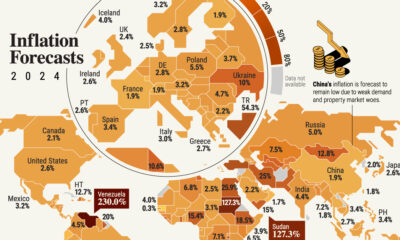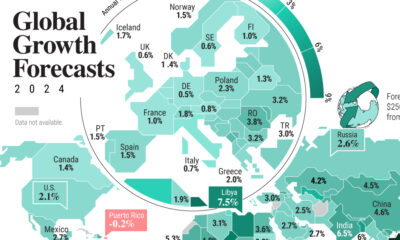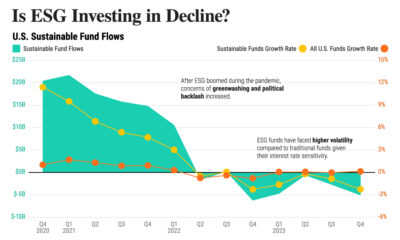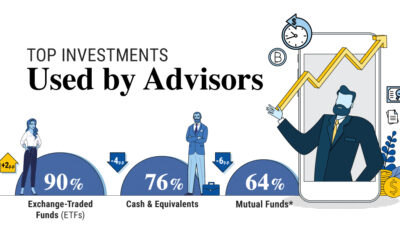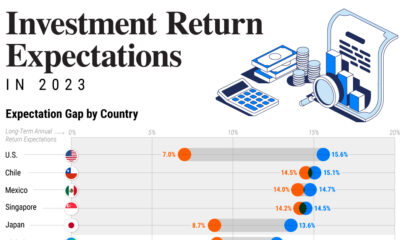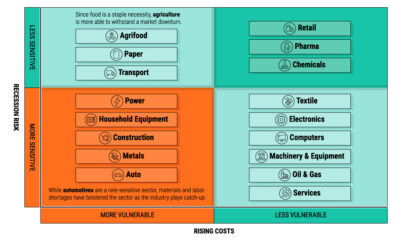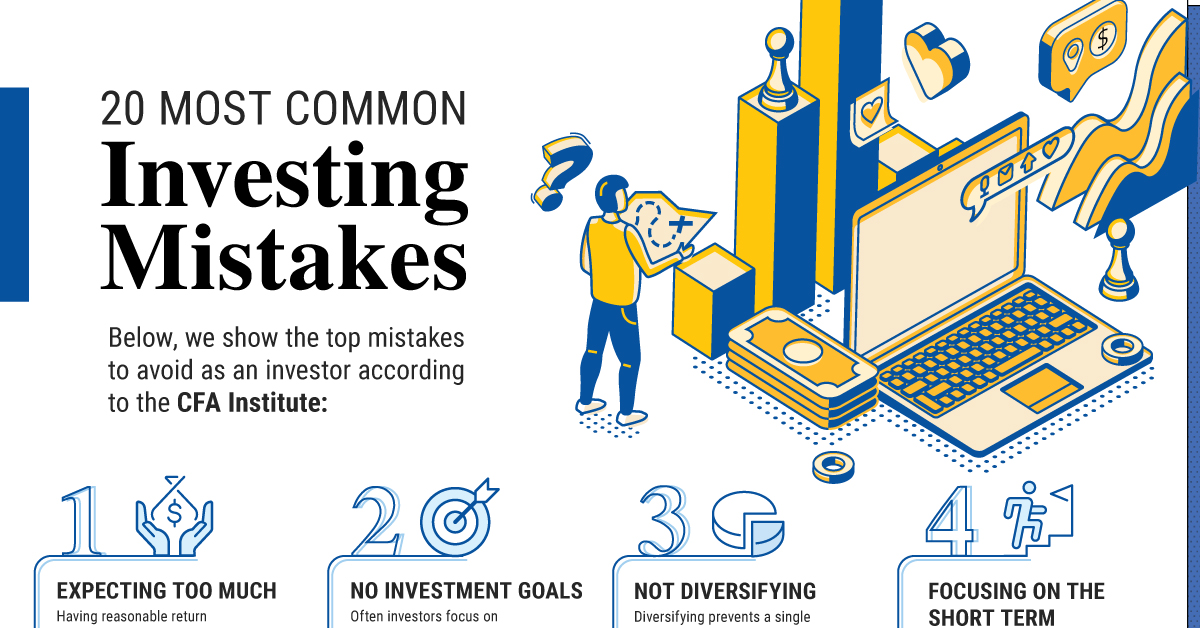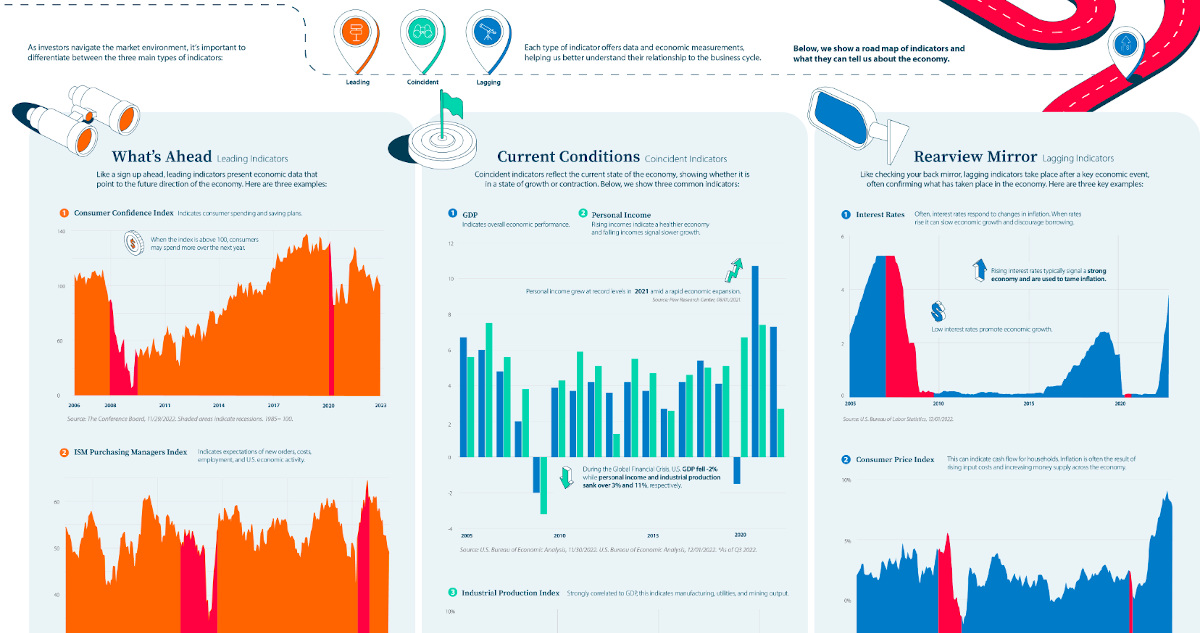This infographic is available as a poster.
5 Trends for Investors to Watch Amid a COVID-19 Recovery
If history tells us anything, crisis forges change.
Like other pandemics throughout history, COVID-19 led to tectonic shifts in society, markets, and government policy. People and businesses are rethinking traditional work structures, while inflation concerns are rising amid trillions in stimulus injections. But what impact does this have on investors?
To answer this question, this infographic from New York Life Investments pinpoints five trends to watch amid a COVID-19 recovery.
1. Inflation
Today, investors are closely watching inflation. Core factors that influence inflation include:
- Increasing money supply
- Rising raw materials costs
Between 2020 and 2021, the money supply in the U.S. rose over 28%. Meanwhile, building materials and supplies, as shown through the producer price index, have jumped 44% between May 2020 and May 2021.
In fact, as of May 2021, inflation has seen its greatest rise in over a decade, with year-over-year figures increasing 5%.
The Opportunity
To hedge against potential inflation risk, investors can consider the following asset classes:
- Infrastructure
- Bank loans
- Gold
- Commodities
- Real estate
- Treasury inflation-protected securities (TIPS)
2. Innovation
How companies navigate digital disruption will likely affect their revenues and future operations. Notably, during COVID-19, companies that adopted new technologies saw higher revenues than their peers, according to one survey.
| Companies that reported over 25% revenue growth | |
| First to experiment with new technologies during the crisis | 72% |
| Not the first to experiment with new technologies during the crisis | 33% |
| Invested more in digital-related expenditures | 67% |
| Did not invest more in digital-related expenditures | 31% |
*Responses from 899 C-level executives and senior managers representing the full range of regions, industries, company sizes, and functional specialties. Compared to industry peers, time period is over three years.
Source: McKinsey, 10/05/20
The Opportunity
Frontier technologies have the potential to reshape markets and productivity both during and after a COVID-19 recovery. Here are among a few examples:
- Artificial intelligence (AI)
- Big data
- Internet of things (IoT)
- Robotics
- Solar photovoltaic (PV)
3. ESG
Environmental, social, and governance (ESG) investing continues to break records, attracting nearly $2 trillion in assets as of Q1 2021.
| Global ESG assets | Global ESG fund flows | Global ESG funds |
| Q1 2020 | $841.5B | $45.7B | 3,297 |
| Q1 2021 | $1.9T | $185.3B | 4,524 |
Sources: Morningstar 04/30/21, Reuters 01/28/21
The Opportunity
Within the sustainable investment landscape, three particular segments may be poised for potential growth: green bonds, solar PV, and transition finance.
Green Bonds: In the last year, green bond issuance has quadrupled to $131 billion globally.
| Year | Global sustainable bond growth | Number of issues |
| Q1 2015 | $6B | 22 |
| Q1 2016 | $14B | 30 |
| Q1 2017 | $26B | 58 |
| Q1 2018 | $28B | 84 |
| Q1 2019 | $39B | 123 |
| Q1 2020 | $35B | 123 |
| Q1 2021 | $131B | 314 |
Source: Refinitiv 04/23/21
Solar photovoltaic (PV) installations: Global solar PV installations are set to rise roughly 28% over two years.
| Year | PV installations (conservative) | PV installations (optimistic) |
| 2020e | 129 | 145 |
| 2021p | 151 | 194 |
| 2022p | 165 | 205 |
Source: Bloomberg NEF 03/01/21
Transitional finance: These are financing tools designed for big carbon polluters to adopt greener alternatives. In the future, these types of vehicles could accelerate. For instance, bonds whose interest rates would likely increase if sustainability targets aren’t met.
4. Future of Work
Since COVID-19, job markets have faced a historic change. One study shows that 22% of the U.S. workforce are projected to be working remotely by 2025, equal to roughly 36 million Americans.
| Percentage of respondents |
| Employees who would prefer to work from home | 42% |
| Percent of the workforce projected to work from home by 2025 | 22% |
| Would maintain traditional working-at-the-office schedules | 10% |
Sources: Center for the Digital Future 08/26/20, Upwork 12/15/20
The Opportunity
As traditional work models shift, key industries could be impacted, for instance:
Video conferencing: Global market size is projected to jump from $9.2 billion in 2021 to $22.5 billion in 2025.
Office space: Future office space preferences are changing. According to one study, here is how CEOs view their office space needs going forward.
- 76% less office space is needed
- 18% no change
- 6% more office space needed
Interestingly, it is estimated that one-third of power, utilities, and renewables companies are looking to add more office space going forward.
5. Healthcare
Health costs related to the pandemic are set to reach a staggering $2.6 trillion.
At the same time, digital healthcare investment hit record levels last year:
-
- 2020: $21.6 billion
- 2019: $13.9 billion
The Opportunity
Especially as behavior shifts to digital platforms, the demand for healthcare innovation is likely to expand. Here are three segments of health expenditures, and their potential to be virtualized:
-
-
- Urgent care visits: 34%
- Office visits: 24%
- Home health visits: 20%
One estimate suggests that 20% of all healthcare spending in the U.S. could be conducted virtually, worth $250 billion.
COVID-19 Recovery: The Next Stage
New and powerful trends—from AI to ESG investing—have the potential to structurally change systems and industries.
At the same time, many of these trends aim to solve complex problems. How investors adapt could have lasting effects on their portfolios. Thanks to these underlying shifts, new opportunities for investors are underway amid a COVID-19 recovery.


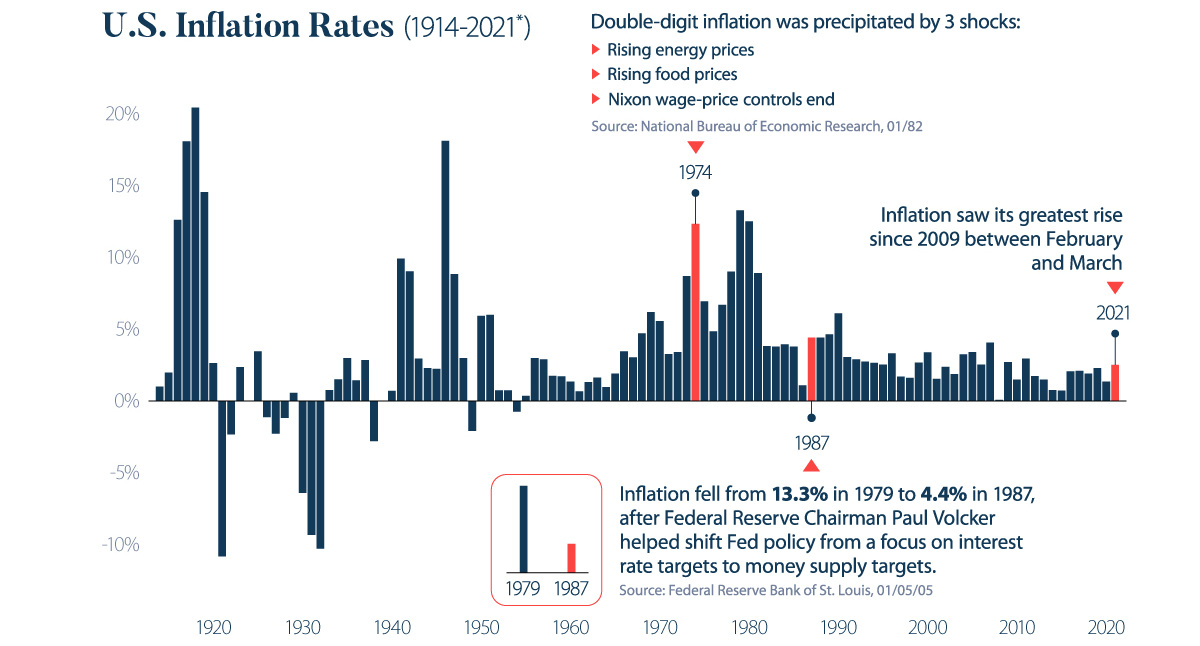
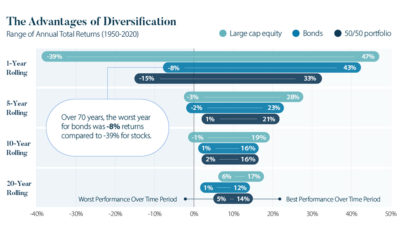
 Infographics2 years ago
Infographics2 years ago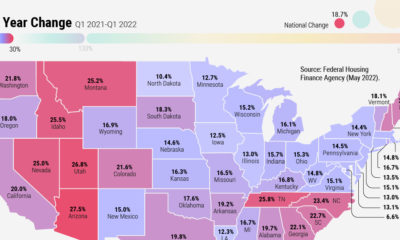
 Markets in a Minute2 years ago
Markets in a Minute2 years ago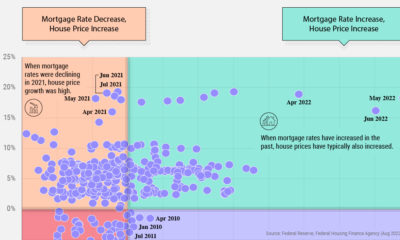
 Markets in a Minute2 years ago
Markets in a Minute2 years ago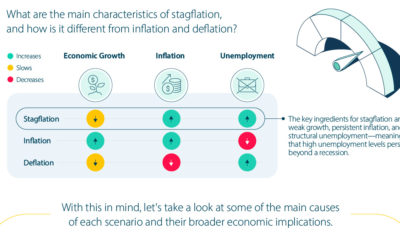
 Infographics2 years ago
Infographics2 years ago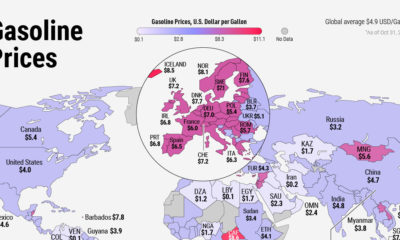
 Markets in a Minute1 year ago
Markets in a Minute1 year ago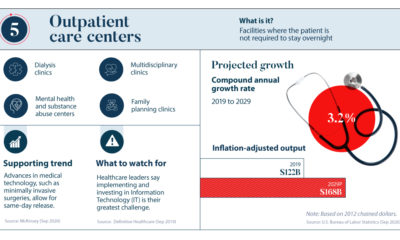
 Infographics3 years ago
Infographics3 years ago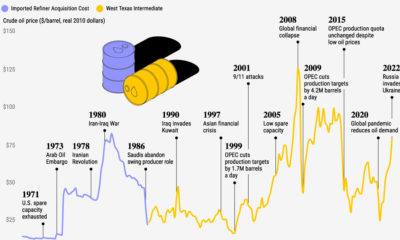
 Markets in a Minute2 years ago
Markets in a Minute2 years ago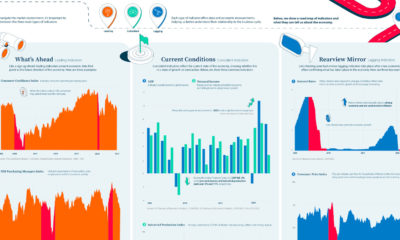
 Infographics1 year ago
Infographics1 year ago

